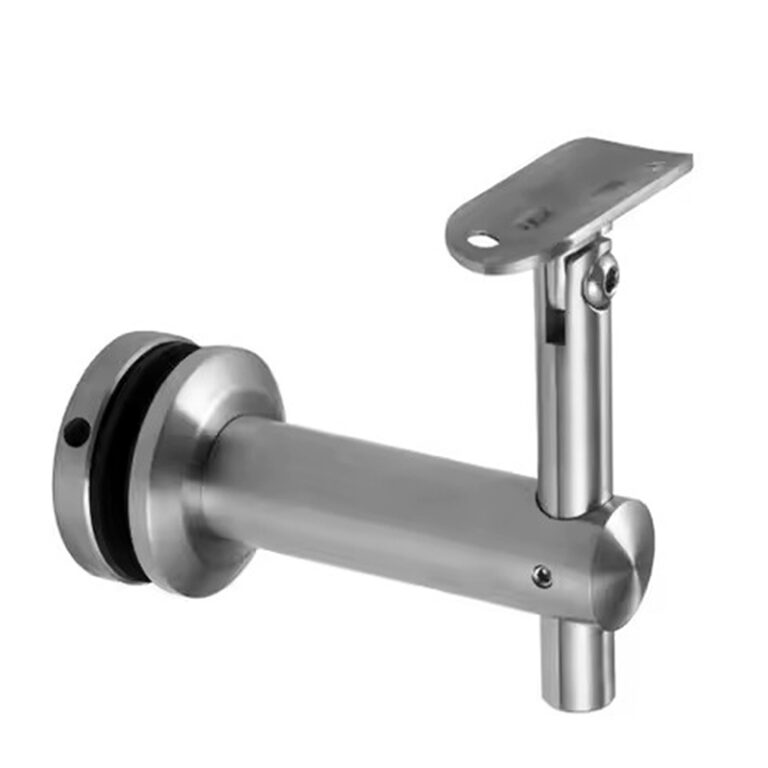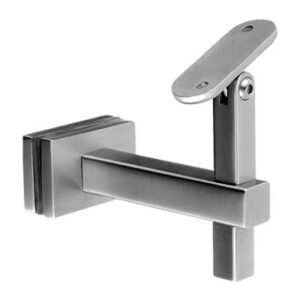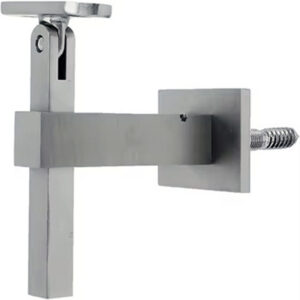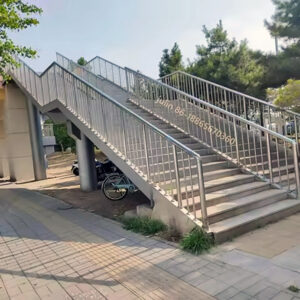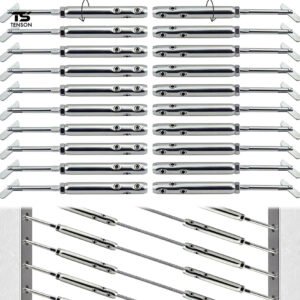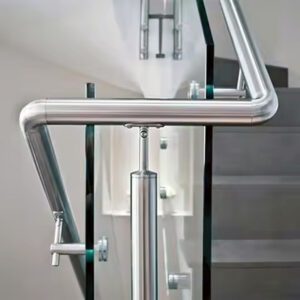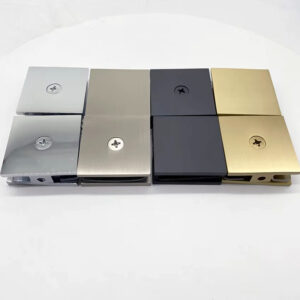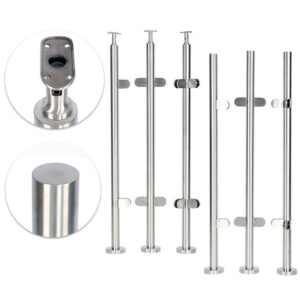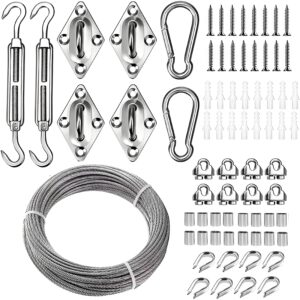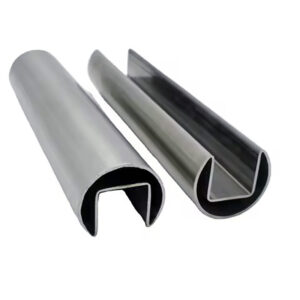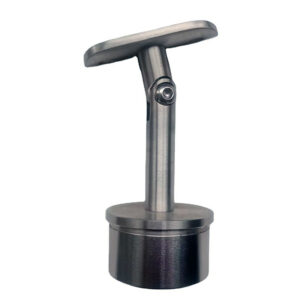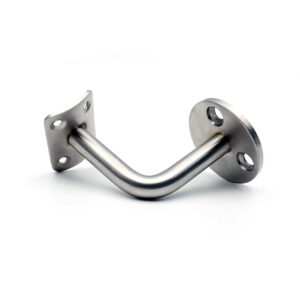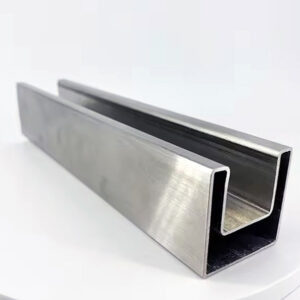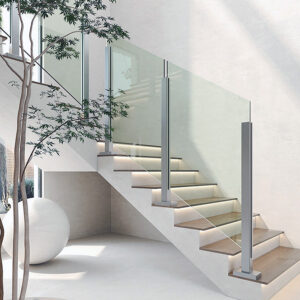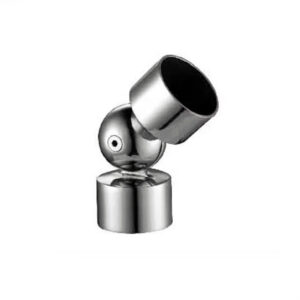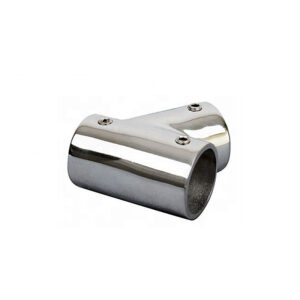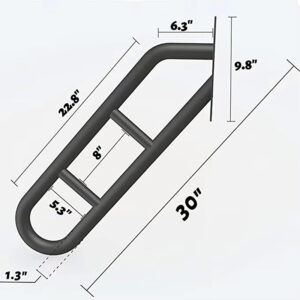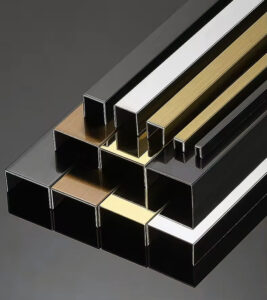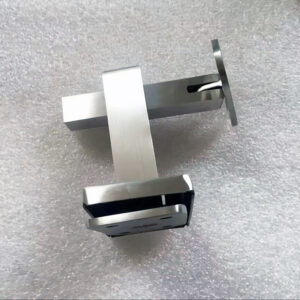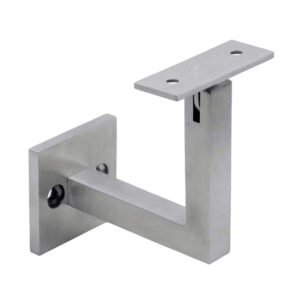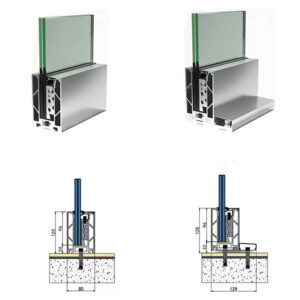After 23 years manufacturing stainless steel hardware, we’ve learned that adjustable wall handrail brackets either solve your installation problems or create new ones. The difference comes down to precision engineering, proper material selection, and understanding how contractors actually work. Esang Metal has seen thousands of projects where the right bracket system cut installation time in half—and others where poor hardware choices cost weeks of delays.
Most bracket failures trace back to three issues: inadequate load calculations, wrong stainless grade for the environment, and adjustment mechanisms that bind up during installation. Here’s what actually works.
Adjustable Wall Handrail Brackets: Systems That Deliver
Core Bracket Configuration Options
Standard Adjustable Wall Brackets
- Vertical adjustment range: 2-4 inches typical
- Horizontal offset options: 1.5″ to 6″ projection
- Load capacity: 200-400 lbs depending on wall anchor system
- Material: 304/316 stainless with precision machined adjustment threads
- Mounting: Through-wall or surface mount configurations
Heavy-Duty Adjustable Systems
- Extended load ratings up to 600 lbs for commercial applications
- Reinforced mounting plates distribute wall loads effectively
- Stainless adjustment hardware maintains smooth operation long-term
- Compatible with 1.5″ to 2″ diameter handrail systems
Marine Grade Adjustable Brackets
- 316L stainless construction for coastal and industrial environments
- Sealed adjustment mechanisms prevent salt corrosion binding
- Enhanced surface treatments maintain adjustment precision
- Proven performance in 20+ year service environments
The key advantage: modular design means standard inventory covers 90% of field conditions. Contractors tell us this eliminates the custom fabrication delays that kill project schedules.
▶ Get Complete Bracket Specifications ◀
Material Selection That Makes Sense
| Grade | Environment | Typical Applications | Long-term Performance |
|---|---|---|---|
| 304 Stainless | Interior, standard conditions | Office buildings, residential | 15-20 year service life |
| 316 Stainless | Exterior, moderate exposure | Commercial facades, pool areas | 20-25 year service life |
| 316L Marine | Coastal, industrial, chemical | Marine structures, processing plants | 25+ year service life |
Surface finish matters for adjustment precision. Brushed surfaces maintain smooth operation under load cycling. Mirror polish looks good initially but shows wear patterns in high-use applications.
Adjustment Mechanisms: What Actually Works
Thread-Based Systems: Precision-machined threads in corrosion-resistant materials. Field experience shows 1/4-20 stainless threads provide optimal adjustment range while maintaining structural integrity.
Slot and Bolt Configuration: Allows quick rough positioning with fine adjustment capability. Popular with installers because initial setup goes fast, then precise alignment follows.
Modular Mounting Plates: Standardized wall connection with interchangeable bracket arms. Inventory efficiency for distributors, installation flexibility for contractors.
Installation Performance Data
Based on project tracking across residential, commercial, and industrial applications:
| Project Type | Installation Time vs Fixed Brackets | Adjustment Usage Rate | Long-term Satisfaction |
|---|---|---|---|
| Multi-unit Residential | 15% time increase | 85% use adjustment feature | High – handles settling |
| Commercial Renovation | 25% time savings | 95% use adjustment feature | Very High – accommodates existing structure |
| New Construction | 10% time increase | 60% use adjustment feature | High – covers construction tolerances |
The time savings in renovation work comes from accommodating existing anchor points and structural irregularities without field modifications.
Real Applications: Where Adjustable Wall Brackets Solve Problems
Commercial Office Buildings
A 12-story office renovation in Seattle required handrail compliance upgrades across existing stairwells. The building’s 1970s construction had wall irregularities up to 3 inches from floor to floor. Adjustable wall brackets accommodated these variations without custom fabrication.
Result: 4-week installation vs. 8-week estimate with fixed hardware. Material cost increase of 15% vs. time savings of 50%.
Multi-Unit Housing Projects
Residential developers use standardized adjustable wall handrail brackets across multiple building types. Standard inventory covers townhomes, condos, and apartment configurations with adjustment range handling construction tolerances.
▶ Discuss Your Housing Project ◀
Marine and Coastal Applications
316L adjustable brackets on a Pacific Northwest marina have operated 8 years without adjustment mechanism failure. Salt air exposure and thermal cycling demand sealed threads and precision manufacturing.
Performance data shows adjustment precision maintained within 0.1″ over the service period, with smooth operation throughout the range.
Technical Specifications for Load and Compliance
IBC and ADA Compliance Data
| Load Requirement | Bracket Capacity | Safety Factor | Testing Standard |
|---|---|---|---|
| 200 lb concentrated load | 400 lb rated capacity | 2.0x | ASTM F2408 |
| 50 lb/ft distributed load | Varies by span | 2.0x minimum | IBC Section 1607.8 |
| ADA grip requirements | Compatible with 1.25″-2″ diameter | N/A | ADA Section 505 |
Anchor System Compatibility
Concrete/Masonry: Wedge anchors, adhesive anchors, through-bolts depending on wall thickness and load requirements.
Steel Stud: Toggle bolts, snap toggles for lighter loads, through-wall connections for structural loading.
Solid Wall Systems: Mechanical anchors sized for bracket load plus safety factor per manufacturer specifications.
Our engineering support helps specify anchor systems based on actual wall construction and load requirements.
▶ Connect with Our Engineers ◀
Installation Support and System Integration
Modular Installation Process
- Wall Layout: Standard spacing compatible with building codes
- Rough Installation: Adjustable brackets accommodate ±2″ variation
- Handrail Installation: Standard connections fit multiple rail profiles
- Final Adjustment: Fine-tune alignment and projection distances
Installation crews report 30-40% faster completion compared to custom-fit systems, with better final alignment.
Quality Control and Compatibility
Manufacturing precision ensures threads operate smoothly throughout adjustment range. Parts interchange across projects, simplifying inventory and reducing field delays.
Twenty-three years of experience taught us that adjustment mechanisms must work reliably years later when building maintenance requires handrail modifications.
Frequently Asked Questions
Q: How much adjustment range do I actually need for typical projects?
A: Most applications require 1-3 inches vertical and horizontal adjustment. Our standard 4-inch range covers 95% of field conditions, including construction tolerances and renovation work.
Q: Will adjustment mechanisms bind up over time?
A: Properly manufactured stainless threads with appropriate clearances maintain smooth operation. Marine environments require 316L material and sealed mechanisms for long-term reliability.
Q: What’s the real cost difference vs. fixed brackets?
A: Material cost typically runs 20-30% higher, but installation time savings often offset this difference, especially in renovation and retrofit projects.
Q: Can adjustable wall brackets handle the same loads as fixed systems?
A: Yes, when properly specified. Load capacity depends on wall anchoring and bracket design, not the adjustment mechanism itself.
Q: How do I specify the right stainless grade?
A: Interior applications: 304 stainless. Exterior standard exposure: 316 stainless. Marine/industrial/chemical environments: 316L with appropriate surface treatment.
Q: What anchor systems work best with adjustable brackets?
A: Depends on wall construction. Concrete requires mechanical anchors, steel stud needs toggle systems or through-wall connections. Our technical team helps specify based on actual conditions.
System Integration and Long-term Value
“Standardized adjustable hardware reduced our inventory complexity by 40% while handling more project variations.” —National Contractors Association
The real value comes from system thinking: brackets that work with standard handrail profiles, mounting hardware that accommodates typical wall construction, and adjustment ranges that handle real-world installation conditions.
After two decades manufacturing these systems, we’ve learned that the best adjustable wall handrail brackets solve problems contractors didn’t realize they had: faster installation, better final alignment, and flexibility for future modifications.
▶ Get Started with Your Bracket System ◀
Quality adjustable wall handrail brackets cost more initially but deliver value through installation efficiency, code compliance flexibility, and long-term system reliability. The key is matching bracket specifications to actual project requirements, not over-engineering for theoretical conditions.
